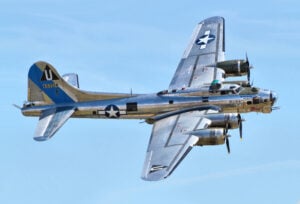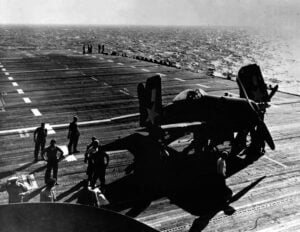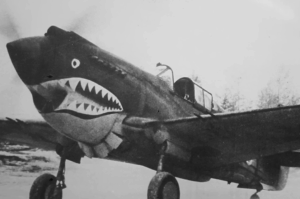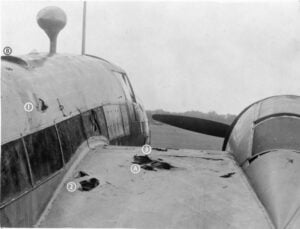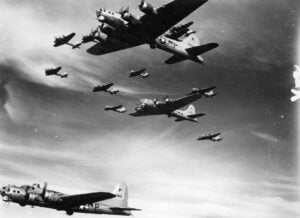When a Bomb Exploded Inside a B-29 Then Flew Home

YouTube / FlakAlley
On April 12, 1945, during one of the final chapters of World War II, a routine bombing mission over Japan turned into a living nightmare. Inside a B-29 Superfortress named The City of Los Angeles, a young American airman faced an almost certain death—until he did the unthinkable.
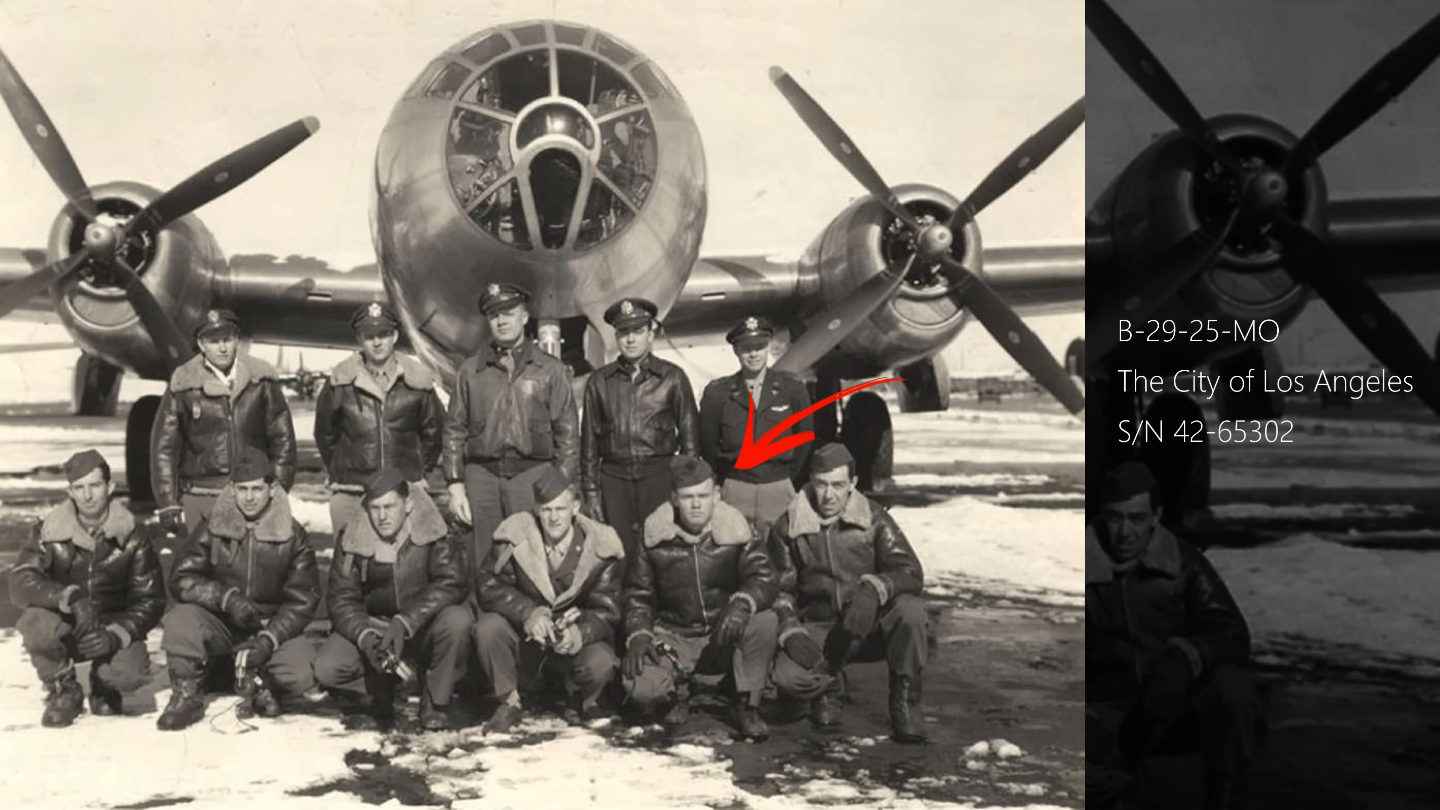
An Unexpected Explosion at 20,000 Feet
Staff Sgt. Henry Eugene Irwin, just 24 years old, was part of the 52nd Bombardment Squadron. That day, his crew’s target was a chemical plant in Koriyama, Japan. Flying at 20,000 feet, Irwin’s B-29 was the lead aircraft in the formation—responsible for accurately marking the target with smoke bombs so the others could follow.

Flying lead meant taking the brunt of flak and being the first in the crosshairs of enemy fighters. As they neared the target, the skies lit up with black clouds of anti-aircraft fire. Time was short. The bomb run had to be completed in under ten minutes before Japanese Nakajima Ki-44 interceptors arrived.
Irwin’s job was to drop white phosphorus smoke bombs—highly effective, but extremely dangerous. As he pulled the pin and prepared to load one into the chute, disaster struck. The bomb prematurely ignited.
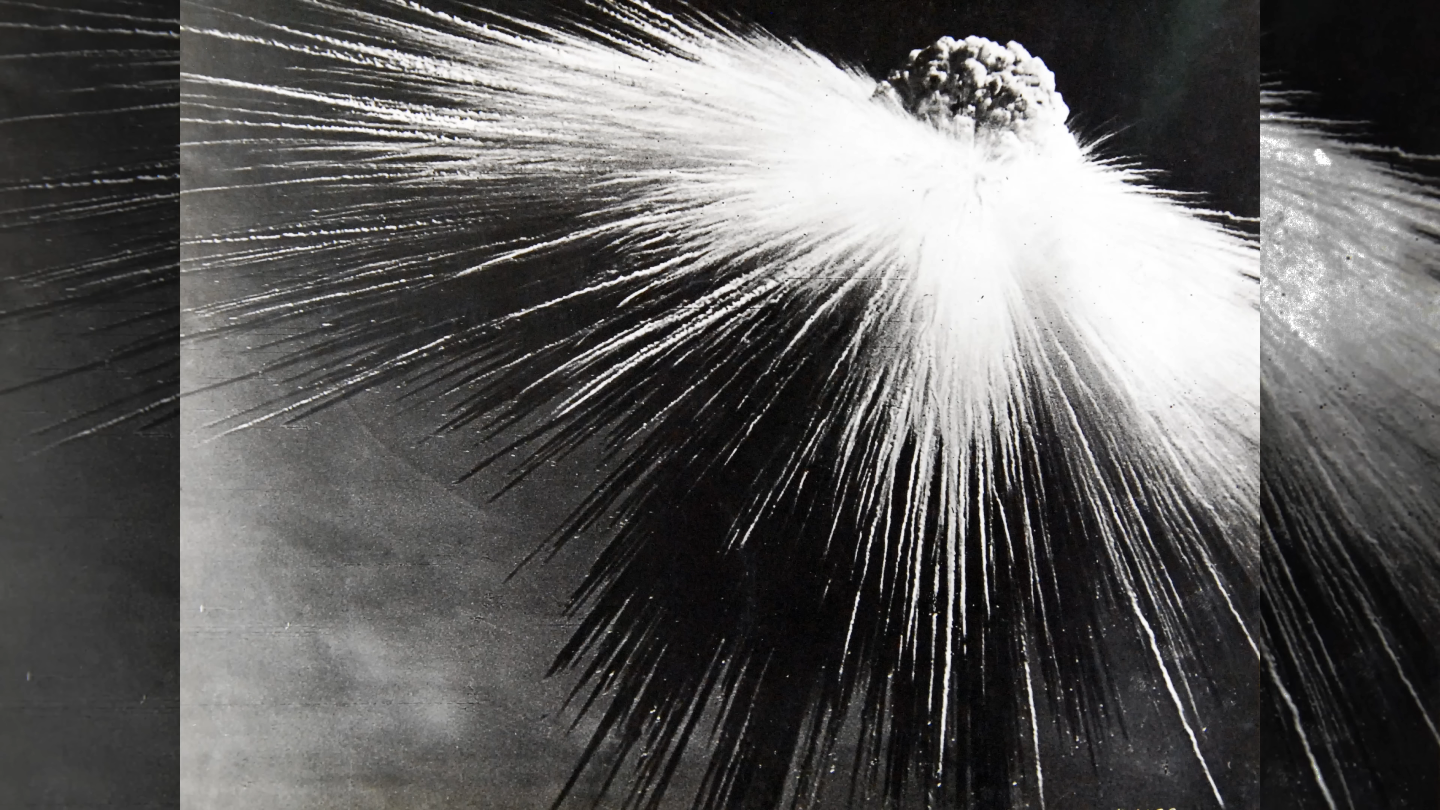
In an instant, blinding white phosphorus, burning at over 1,500 degrees Fahrenheit, exploded in his face. His nose and one ear were vaporized. His eyes were seared shut. He was blind.
A Human Inferno in the Sky
The burning bomb didn’t exit the chute. Instead, it rolled back into the aircraft, spewing toxic smoke and flame. The cabin quickly filled with blinding white haze. Panic erupted. The crew couldn’t see. They were in a nose dive. And worst of all—there was a live, burning bomb inside the aircraft.
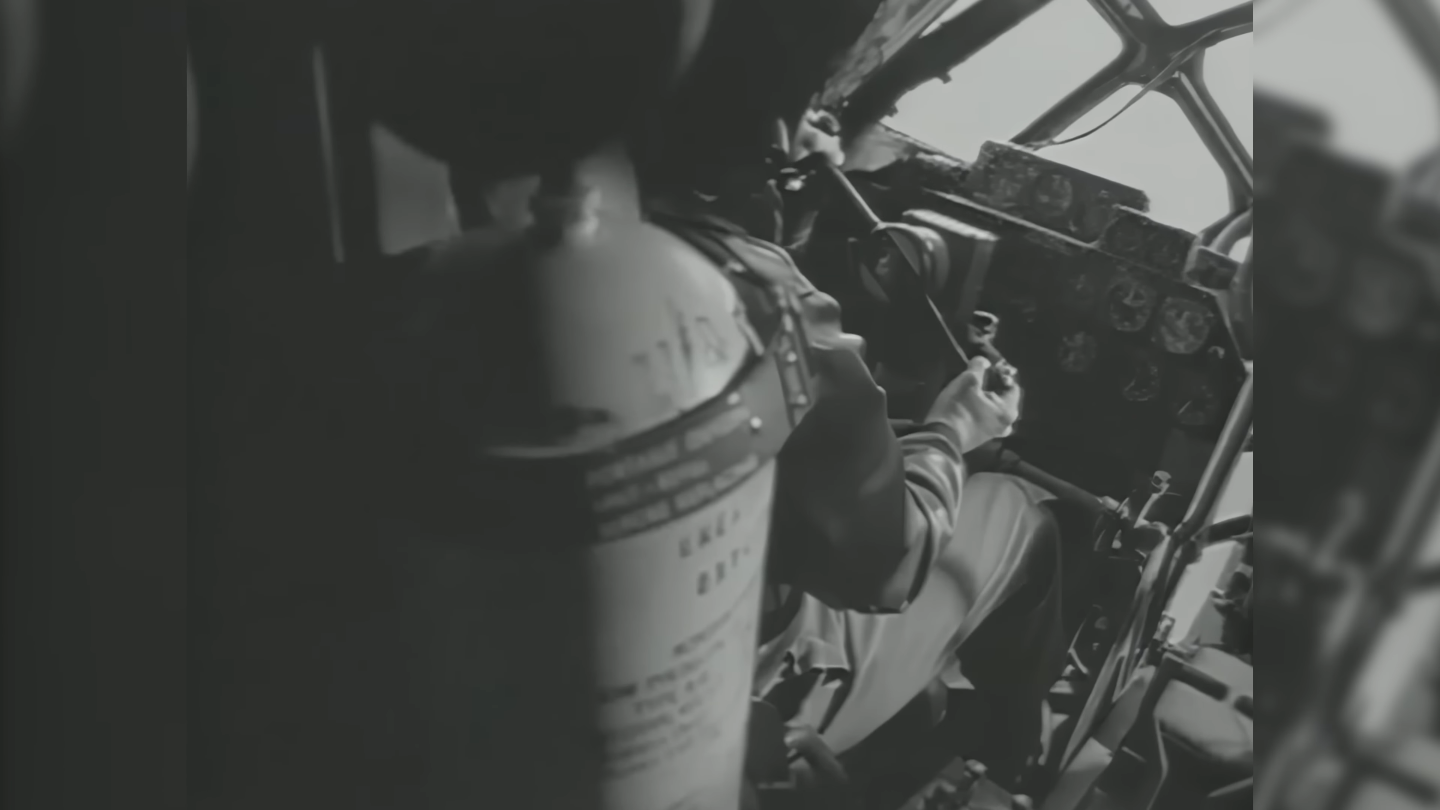
Barely conscious and in unimaginable pain, Irwin staggered through the smoke. He found the bomb by touch, picked it up with his bare hands—flesh searing to the bone—and began crawling toward the cockpit.
He later described the agony as “like dipping my hands into liquid fire for 22 seconds.”
Somehow, Irwin made it to the front of the aircraft. Co-pilot Lt. Roy Stables saw the flaming figure and, stunned, opened his side window. Irwin shoved the bomb out just in time—then collapsed.
Saved by Seconds
With the bomb gone, smoke cleared, and control was regained. The plane leveled out. Enemy fighters were closing in, but thanks to the diversion of flak and fighters chasing the main formation, The City of Los Angeles got a brief window to escape.
But Irwin was barely alive. His body was still burning when Lt. Stables doused the flames with a fire extinguisher. The plane immediately diverted to Iwo Jima, hoping to get medical help in time.
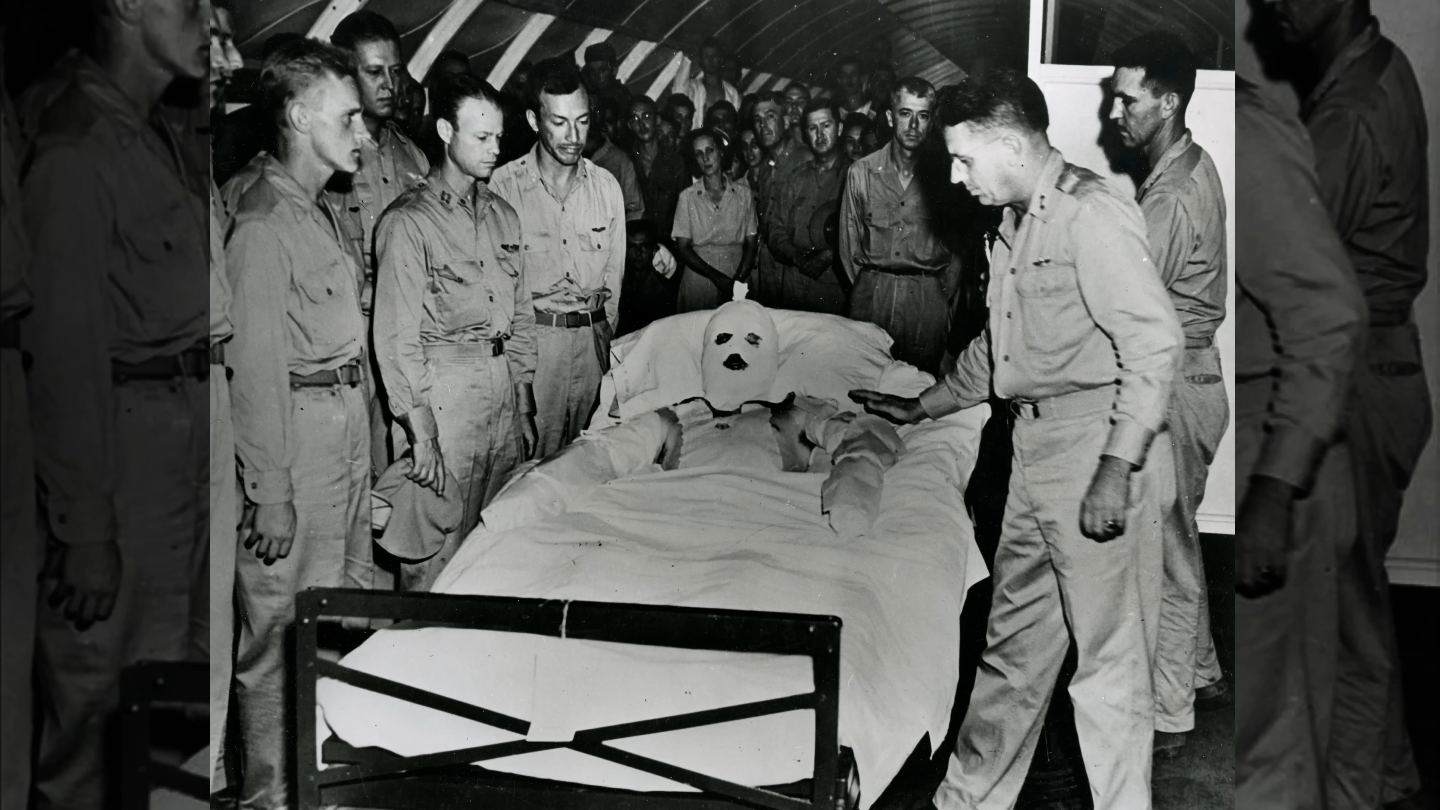
Doctors gave him 24 hours to live.
A Second Life
But Irwin wasn’t done yet.
He defied every expectation. He endured 41 reconstructive surgeries and survived. Not only that—he went on to serve in the U.S. Air Force for another 37 years, helping train and support generations of airmen through the Cold War.
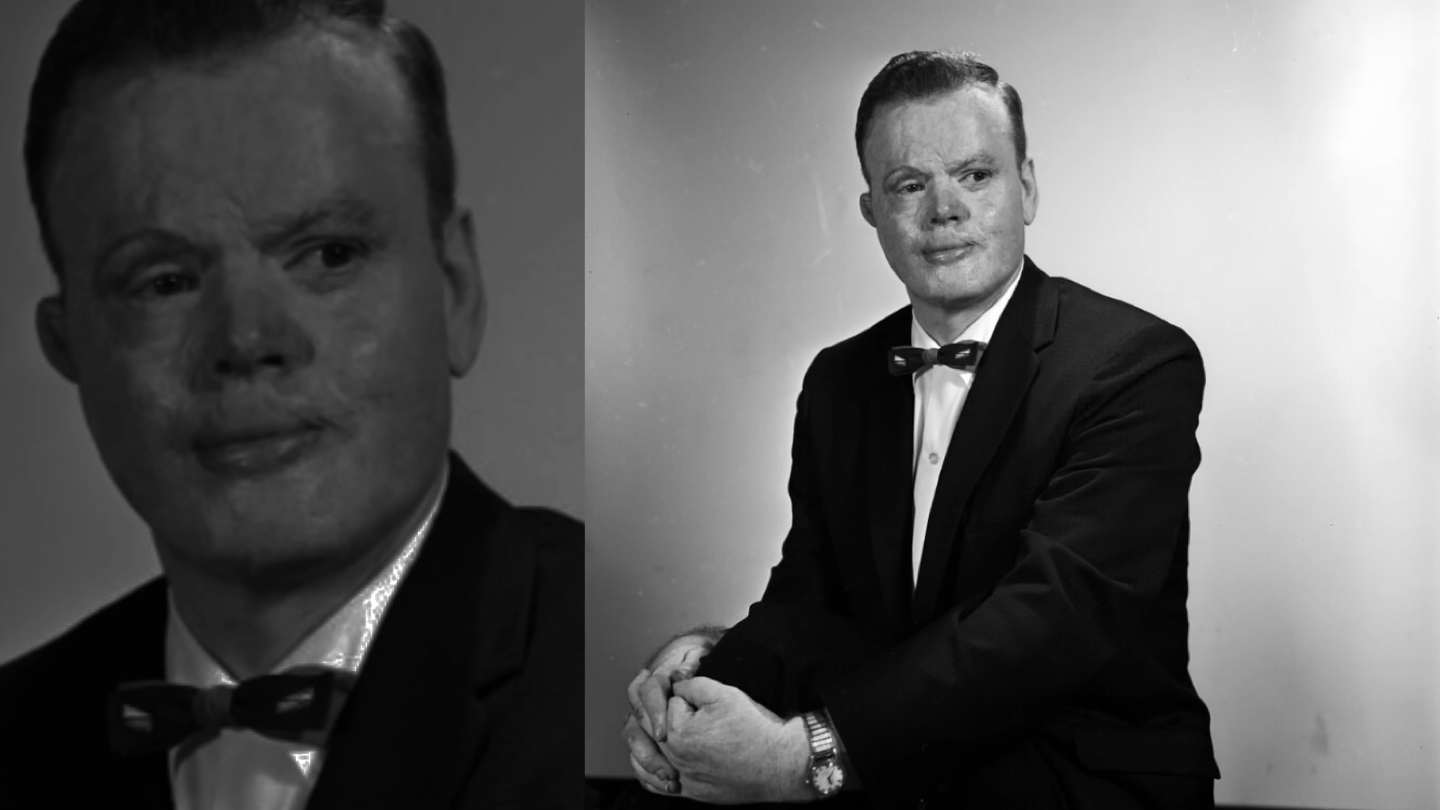
Staff Sgt. Henry Eugene Irwin passed away in 2002 at the age of 80.
A Legacy of Courage
Irwin was awarded the Medal of Honor, one of only a few airmen to receive it during the war. His story is rarely told, but it’s a reminder that true heroism sometimes means crawling through fire when no one else can.
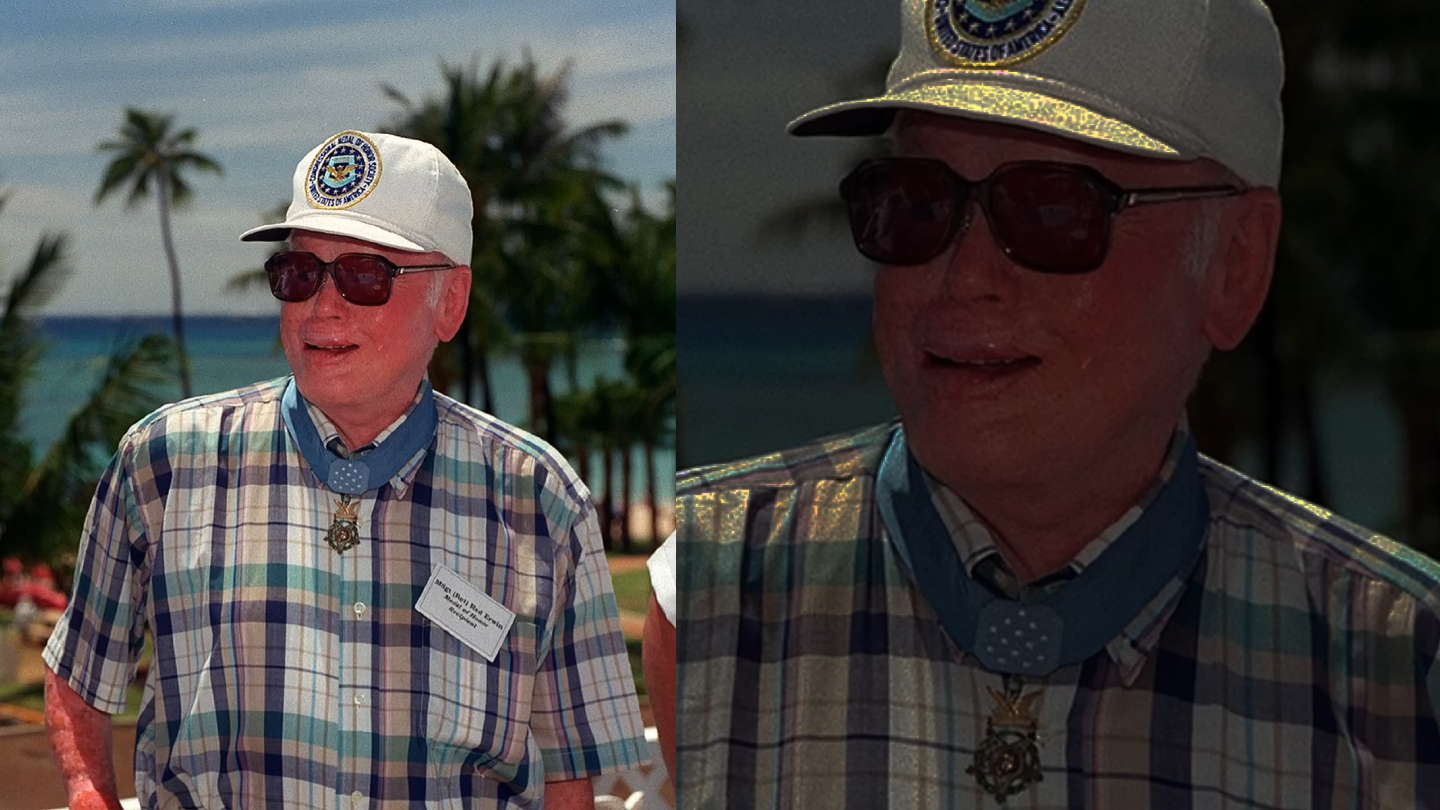
He didn’t just save the aircraft—he saved an entire crew. With his hands. While blind. While burning.
Let that sink in.













